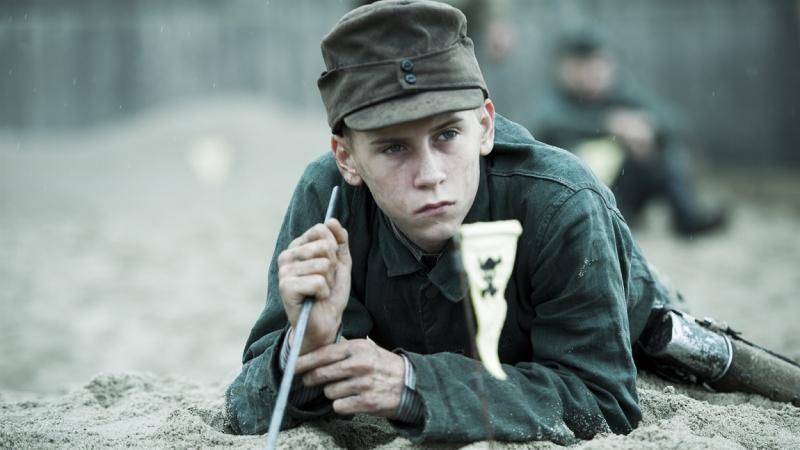

The work began in Jutland, and later was also carried out on the Danish island of Zealand.

SEARCH FOR UNDER SANDET (LAND OF MINE) BLURAY HOW TO
The prisoners were brought by the British to a prison camp in Southern Jutland, and in a three-day course were taught how to neutralize mines. Lindemann agreed to order soldiers from the German engineering corps who were already on their way home to return to Denmark and help clear the mines. Georg Lindemann, at which it was decided that German soldiers with experience in defusing mines would be in charge of clearing the mine fields. Holland Stanley of the British army, a number of Danish officers and the German commander in Denmark, Gen.

The paper reported that according to the official historiography, in the days after Denmark’s liberation there was a meeting between Maj. In the wake of the film’s release, the Danish newspaper Politiken ran a major piece revisiting those historical events. There are those who believe that the Danes did not distinguish between older and younger soldiers, although some of the latter were teenagers who had been drafted into the German army in the final months of the war. The debate has focused on whether the Germans were really young, innocent youths, or whether they were experienced soldiers who had participated in Nazi atrocities. “Land of Mine” has generated controversy for its portrayal of the young Germans crawling on their bellies and uncovering the mines with their bare hands. “Land of Mine,” which premiered at the Toronto International Film Festival in September, was released in Denmark on December 3. The operation has been described by some as a “death march,” since the Germans were required to periodically march through the mine fields to make sure all the mines had been cleared. The Danes did not resist the decision, which was made by the British military that controlled the area and violated the Geneva Convention prohibition against making prisoners of war do dangerous work. According to the most recent research, nearly half of these POWs were killed or injured - in some cases, left with permanent, serious disabilities - during the operation.

“Land of Mine” (“Under Sandet”) is a feature film that is based around the forced deployment by the Danish government of more than 2,000 German prisoners of war, many of them still teenagers, to clear some two million land mines laid by Germany along Denmark’s western coast during the Nazi occupation. Photos of WWII refugees saved by Japanese official identified after 75 yearsħ0 years after WWII: Senior Jewish fighters honored WWII Dutch resistance member's son receives father's last letter APĪ little known slice of post-Holocaust history - the use of captured German soldiers to clear mines from the Danish coast immediately after the end of World War II - has been brought to light by a new Danish-German film that dramatizes a story heretofore rarely discussed even by Danish academics. German POWs held by British and Canadian troops after WWII.


 0 kommentar(er)
0 kommentar(er)
